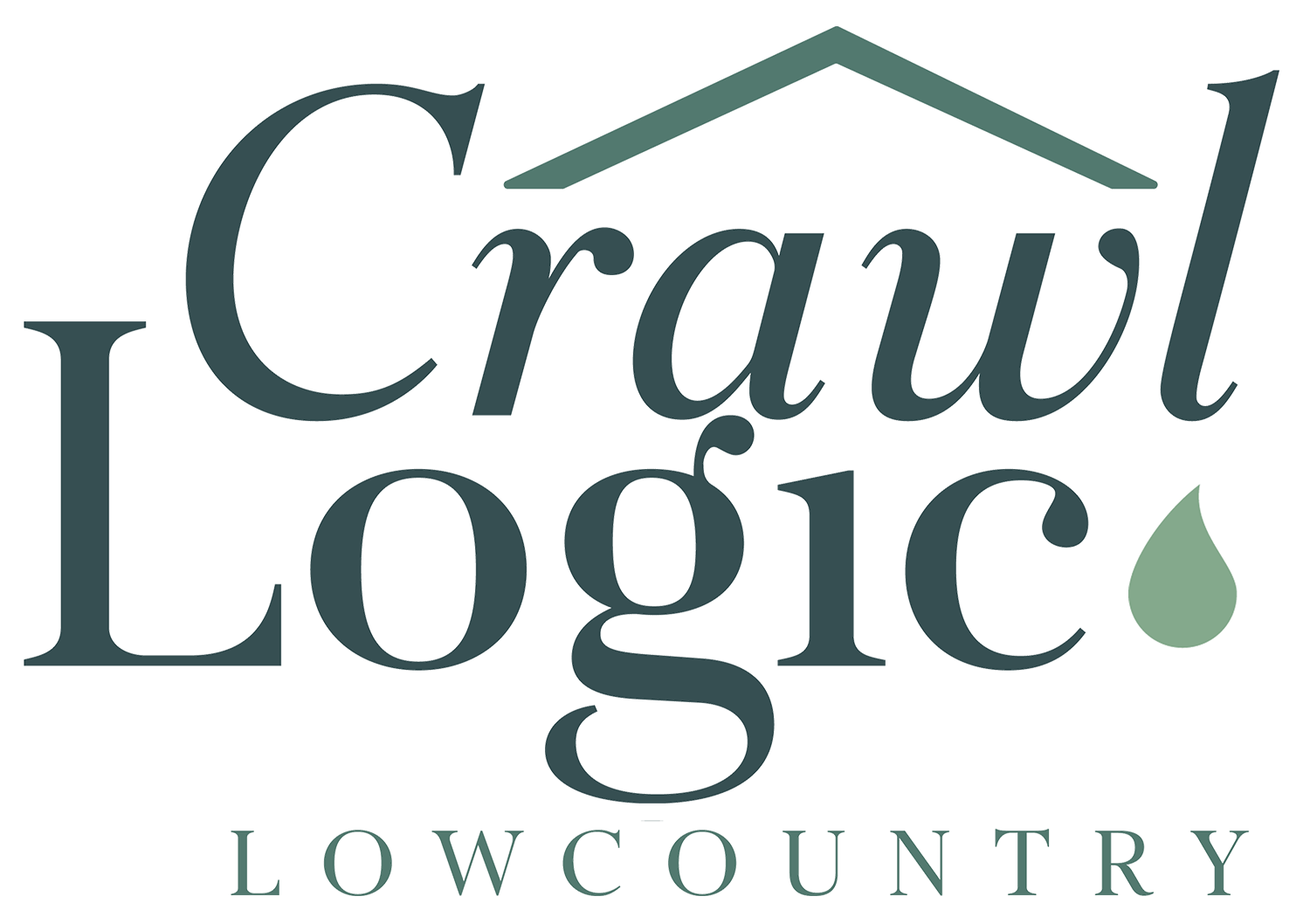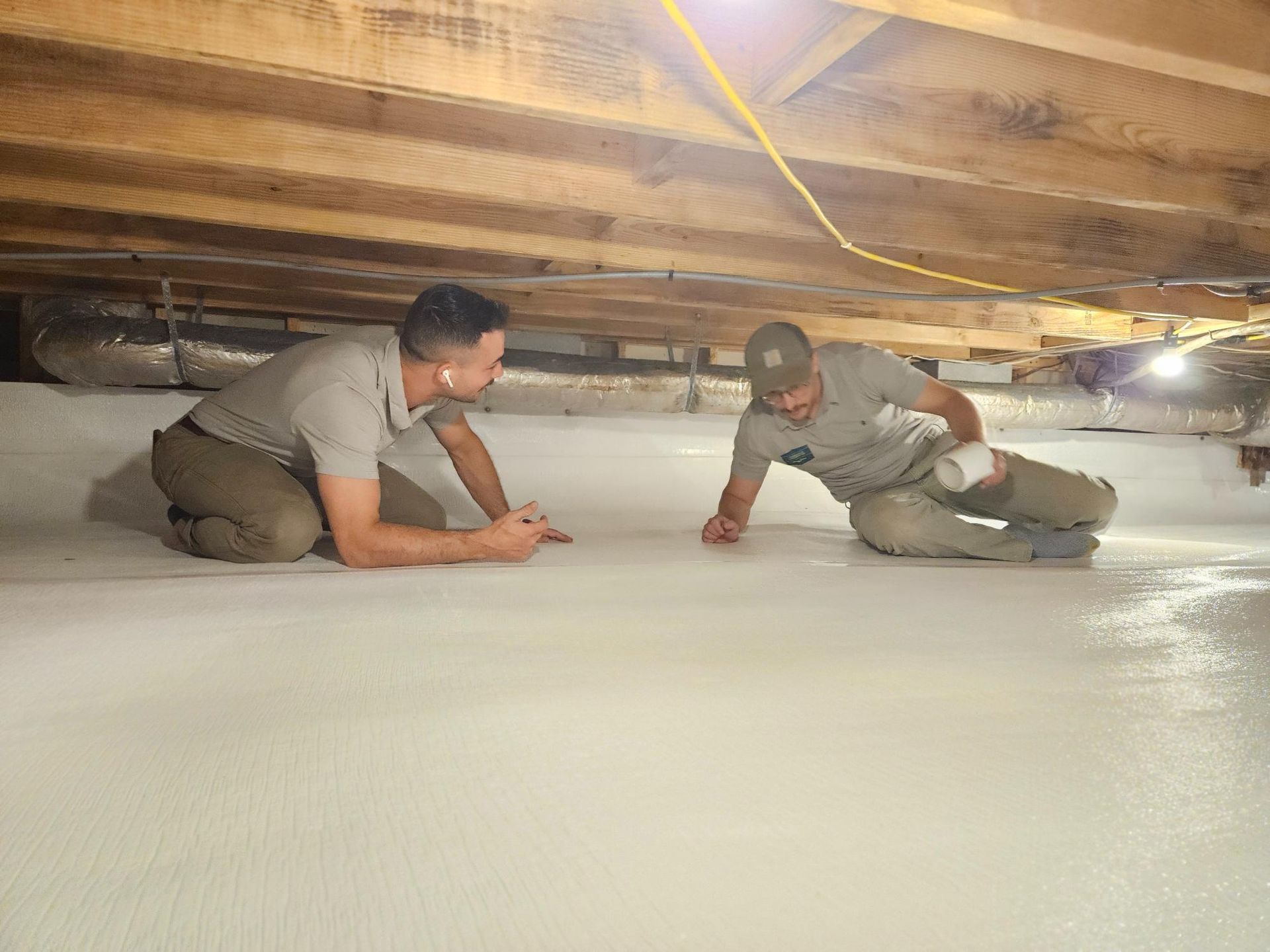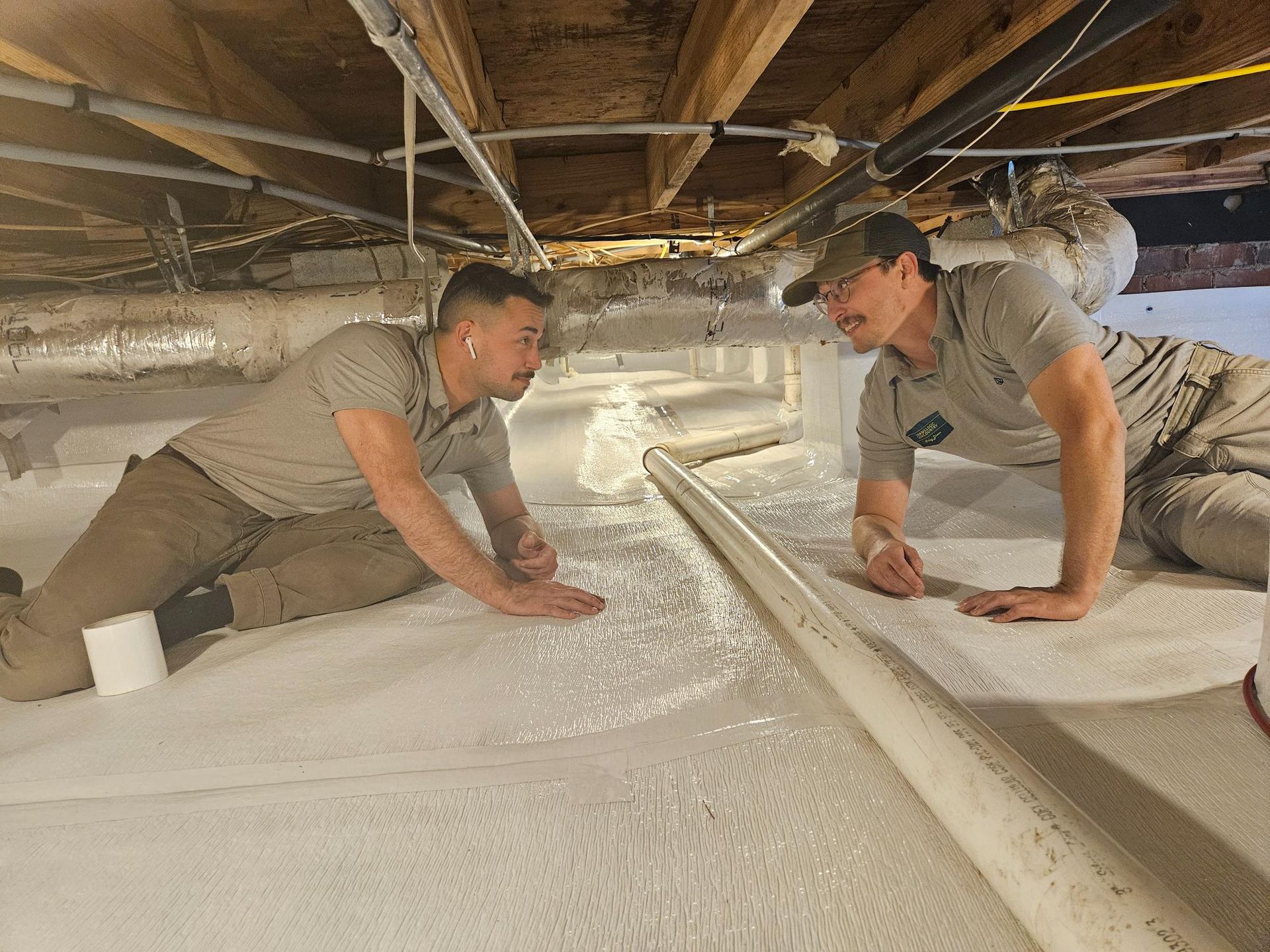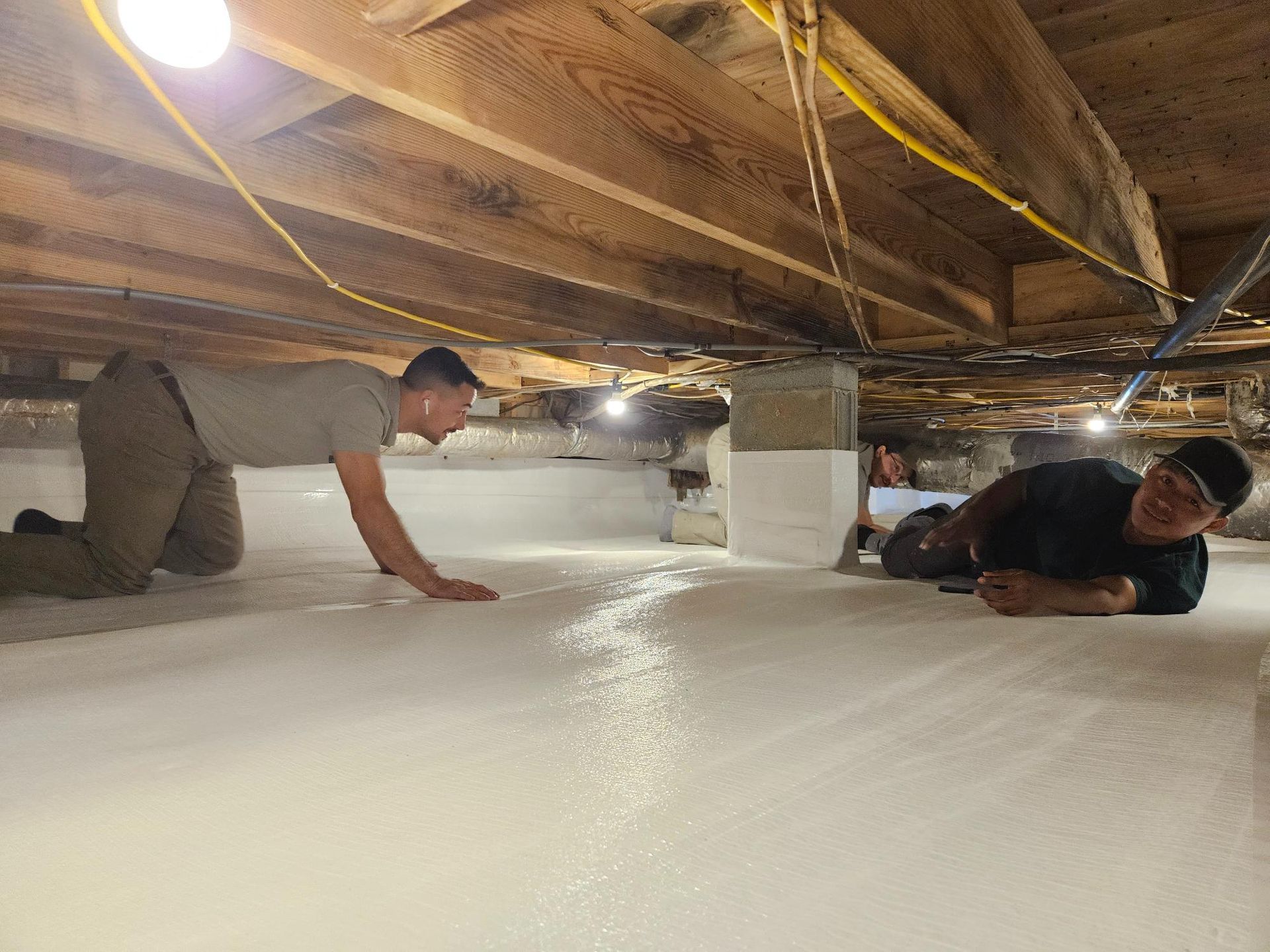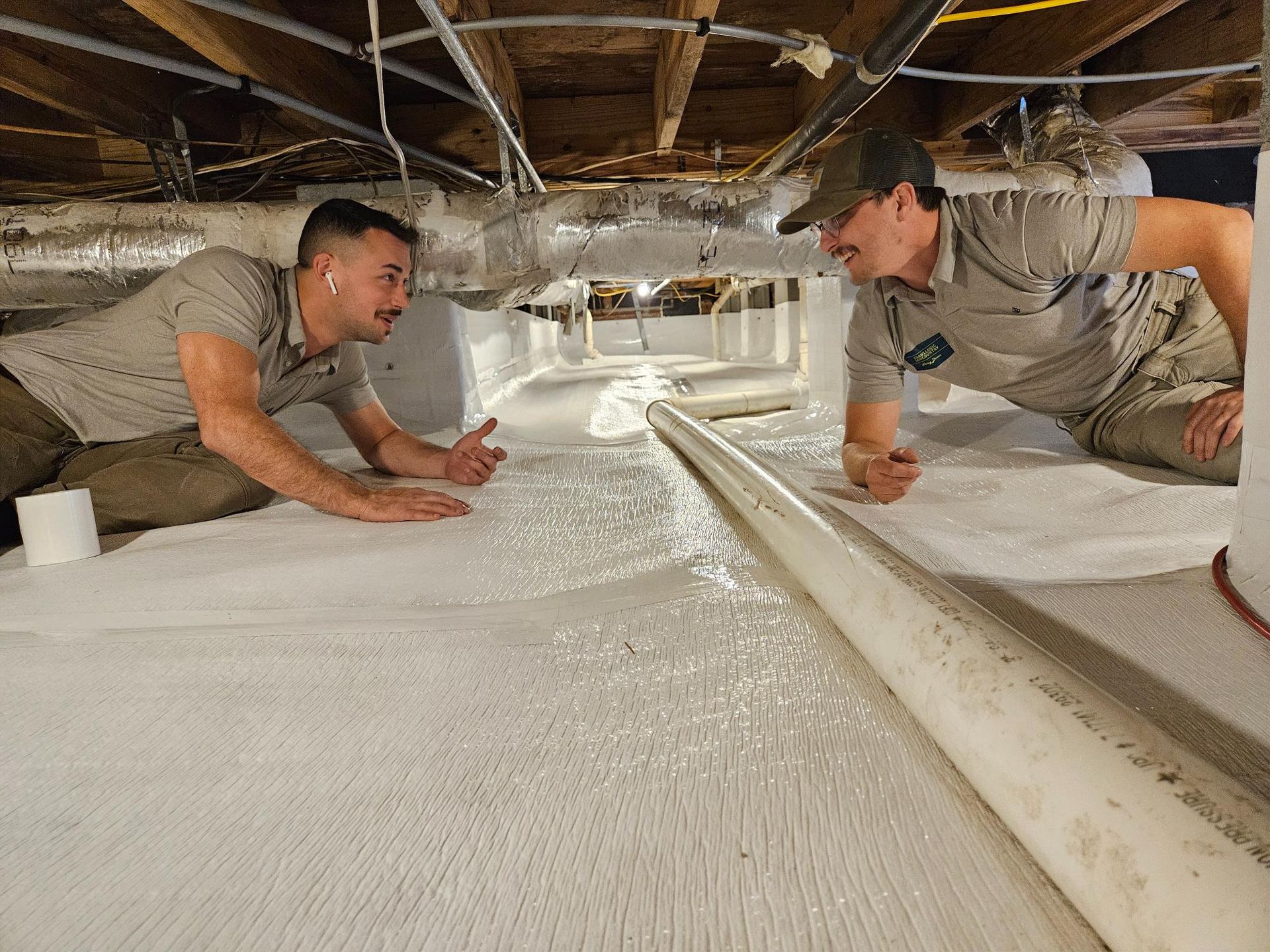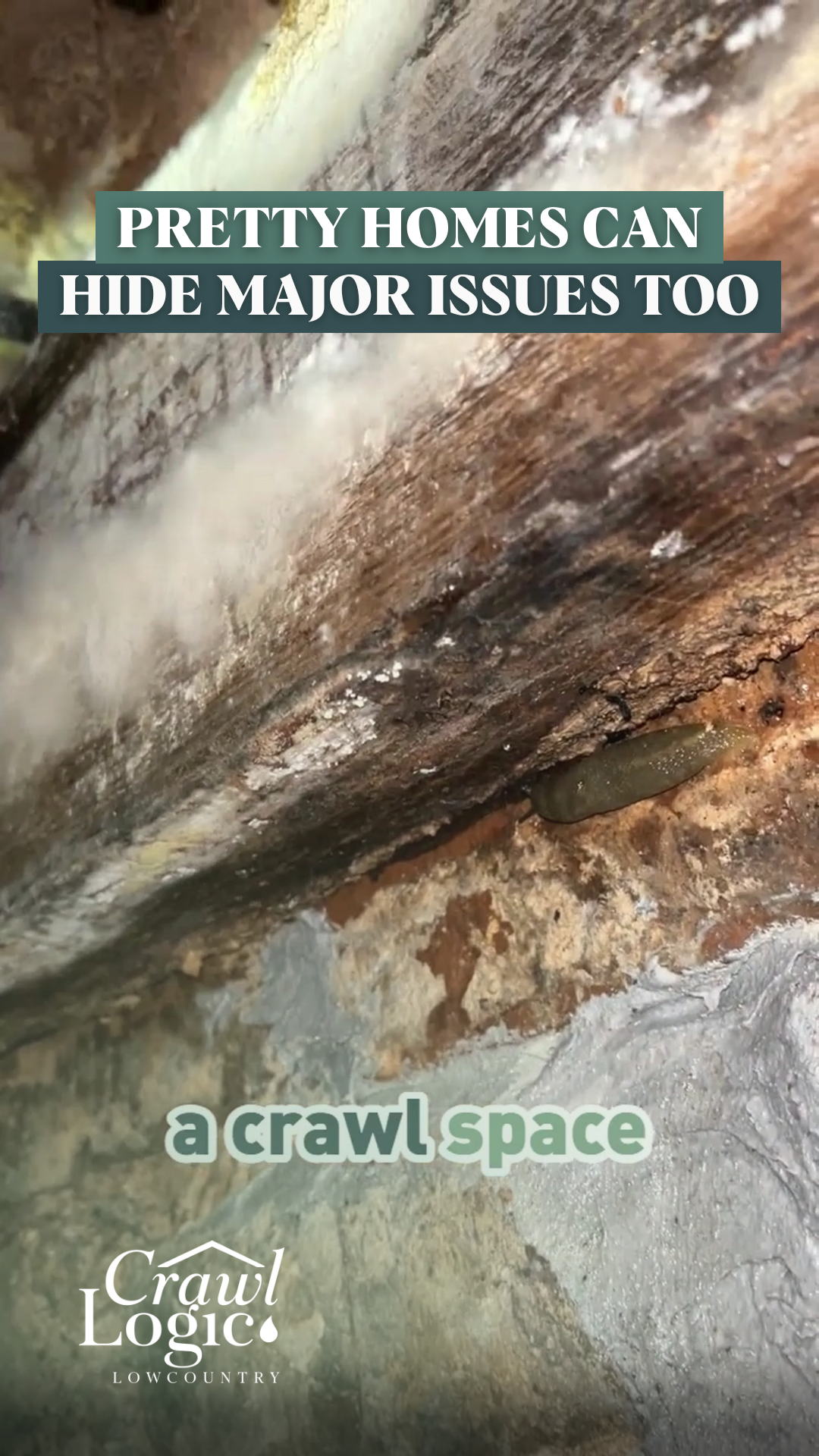How 1960s Money-Saving Tricks Became Charleston's Crawl Space Nightmare
Crawl Logic Lowcountry
When Cutting Corners Comes Back to Haunt Us
THE REAL COST OF CHARLESTON'S NEGATIVE CRAWL SPACES
You know what keeps me up at night?
Knowing there are thousands of Charleston homes with a serious problem lurking underneath them, all because some builders back in the '60s decided to save a few bucks.
I'm talking about negative crawl spaces - where the ground inside your crawl space sits lower than the ground outside.
Sounds simple enough, right? But this "small" detail is causing massive headaches for homeowners today.
Let me paint you a picture: Charleston's experiencing a building boom.
The city's growing fast, and builders are trying to keep up.
They've got this building code that says there needs to be at least 16 inches between the ground and the floor joists in crawl spaces.
Fair enough - that makes sense for ventilation and work space.
Welcome to Crawl Logic Lowcountry!
The Shortcut That Started It All
Here's where things went sideways. Instead of doing the right thing - laying more concrete blocks to raise the foundation - builders found a "clever" workaround. Why spend money on extra blocks when you could just dig the crawl space deeper? Save some cash, meet the code requirement, everybody wins... or so they thought.
A respected builder recently explained this to me, and honestly, it made my blood boil. This wasn't just one or two contractors cutting corners. This became standard practice throughout the '60s and well into the '80s. We're talking about decades of homes built with what amounts to a giant water collection system under them. And guess what? Water always wins.
The Science Behind the Problem
Here's something most people don't think about: when it rains, even a few inches of water adds up to hundreds of gallons across your property. That's not just water - that's weight. And all that weight creates something called hydrostatic pressure. Don't let the fancy term fool you - it's simply water pushing down and out, looking for somewhere to go.
Guess where it finds the path of least resistance? Right into your negative crawl space. It's like these builders accidentally designed the perfect water collection system under your house. And not in a good way. Every time it rains (which, let's be honest, is pretty often in Charleston), that water is basically being funneled right under your home.
The True Cost Today
This isn't just about wet crawl spaces - though that's bad enough. We're talking about potential structural issues, mold problems, and the kind of repairs that make your wallet cry. These "money-saving" shortcuts from decades ago are costing Charleston homeowners serious cash today.
Think about it: every time it rains, your crawl space is fighting against thousands of pounds of water pressure. That's not a fight it was designed to win. And over time, that constant moisture creates perfect conditions for wood rot, mold growth, and all sorts of costly problems.
Protecting Your Charleston Home
First thing's first: you need to know if you've got a negative crawl space. If your home was built between the 1960s and 1980s, there's a good chance you do. Here are some warning signs to watch for:
- Standing water after rain
- Musty smells in your home
- High humidity levels
- Floor issues or squeaky boards
- Mold or mildew problems
The good news? We can fix this. Modern solutions exist that can protect your home from these decades-old mistakes. But like most problems, the longer you wait, the more expensive it gets to fix.
The Time to Act Is Now
Listen, I'm not trying to scare anyone. But as someone who crawls under Charleston homes every day, I see firsthand how these old building shortcuts are affecting families today. The longer these issues go unchecked, the more damage they cause - and the more expensive they become to fix.
Here's the thing: you can't change how your house was built in the 1960s. But you can take steps to protect it today. Whether your crawl space is already showing signs of water issues or you just want to make sure you're not sitting on a ticking time bomb, getting a professional assessment is crucial.
At Crawl Logic, we've seen just about every variation of this problem, and we've developed solutions that work for our unique Charleston climate and conditions. We'll tell you exactly what's going on under your home - good, bad, or ugly. No sugarcoating, no unnecessary work, just honest assessment and real solutions.
Don't let those old money-saving shortcuts from the '60s keep costing you money. Give us a call. Let's find out what's really going on under your home and fix it right - this time for good.


